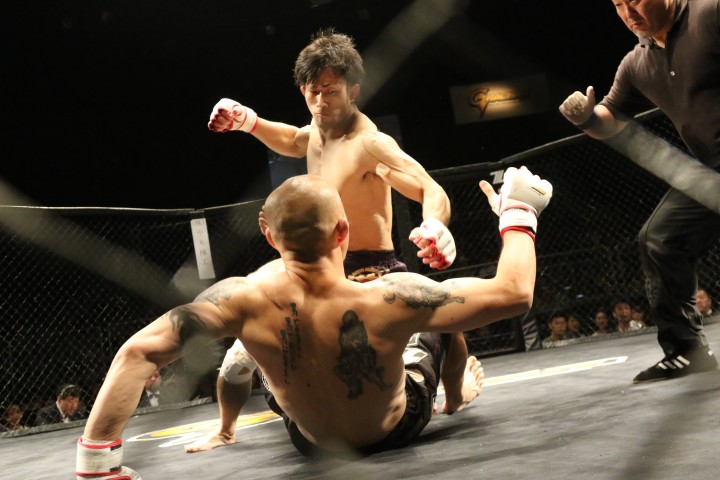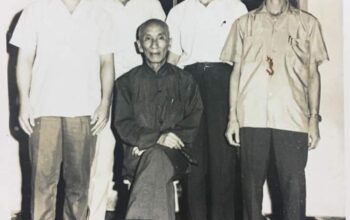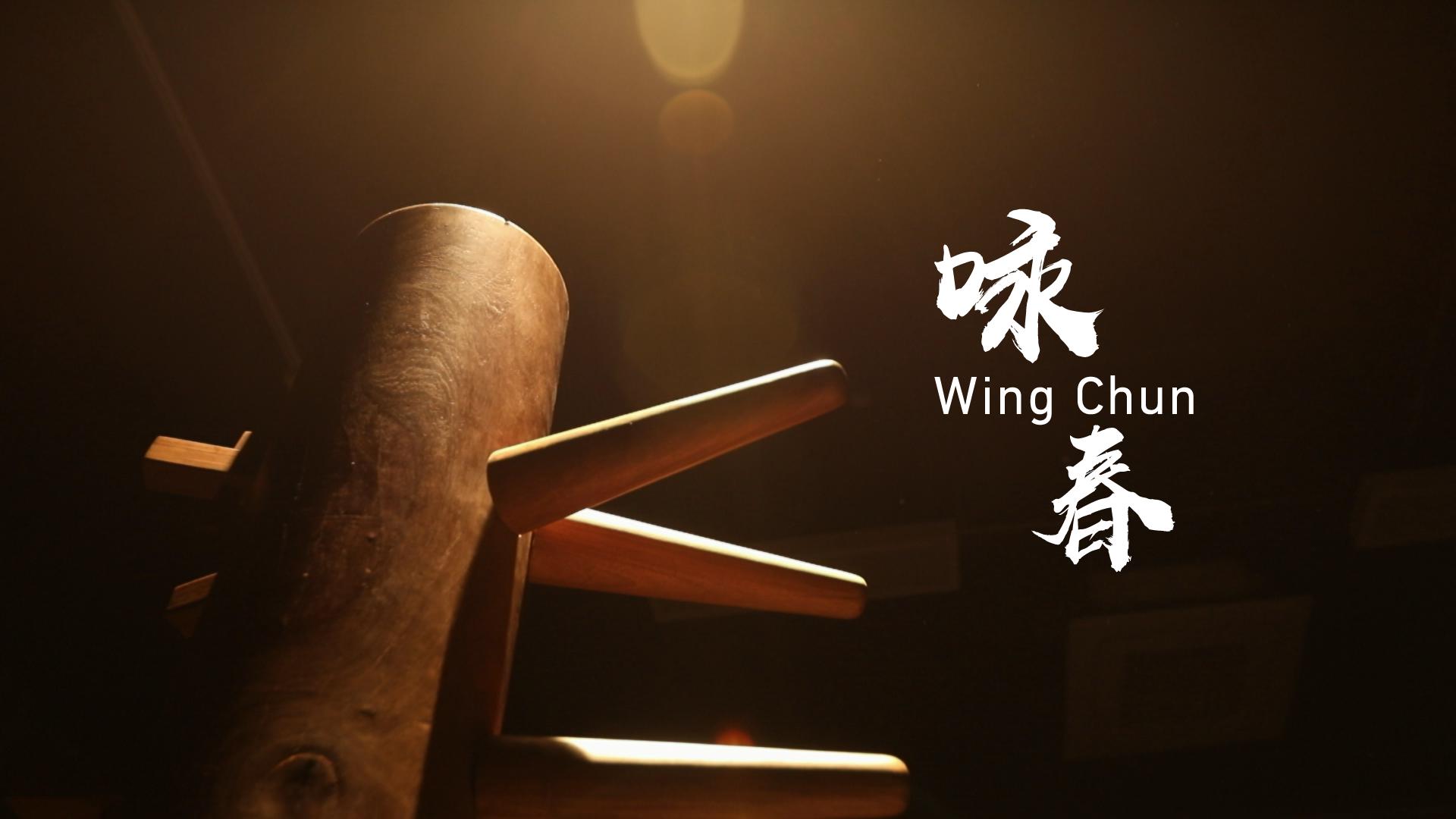Does Wing Chun Include Ground Fighting Techniques?
Wing Chun, a traditional Chinese martial art renowned for its practicality and close-quarters combat effectiveness, primarily focuses on techniques for stand-up fighting and self-defense in real-world situations. While Wing Chun does not have an extensive emphasis on ground fighting, it does incorporate principles and strategies that can be applied in ground-based scenarios. In this article, we will explore the role of ground fighting in Wing Chun and how it is integrated into the art’s overall combat system.
- Self-Preservation and Escaping:
In Wing Chun, the primary objective is to neutralize threats and ensure personal safety. If a Wing Chun practitioner finds themselves on the ground, their priority is to protect themselves and escape the dangerous situation as quickly as possible. This may involve techniques such as bridging, trapping, and creating space to stand up or disengage from the ground. - Centerline Control:
One of the fundamental principles of Wing Chun is centerline control, which focuses on maintaining control over the opponent’s centerline—the imaginary line running down the middle of their body. While on the ground, Wing Chun practitioners can utilize this principle by keeping their opponent off-balance and limiting their options for attack or defense. By controlling the opponent’s limbs and disrupting their balance, Wing Chun practitioners can create opportunities for escape or counterattacks. - Utilizing Efficient Body Mechanics:
Wing Chun emphasizes efficient body mechanics, including proper body alignment, structure, and weight distribution. These principles can be applied in ground fighting situations to maximize power and minimize vulnerability. By utilizing proper body mechanics, Wing Chun practitioners can generate force from the ground and execute strikes or techniques while on the ground. - Sensitivity Training:
Wing Chun’s sensitivity training, such as Chi Sao (sticky hands), enhances a practitioner’s ability to read and respond to the opponent’s movements and intentions. While primarily practiced in a stand-up context, the sensitivity developed in Chi Sao can be beneficial in ground fighting situations. It helps practitioners anticipate the opponent’s actions, maintain control, and exploit opportunities for escape or counterattacks. - Adaptive Techniques:
While Wing Chun may not have an extensive catalog of specific ground fighting techniques, the art emphasizes adaptability and practicality. Wing Chun practitioners are encouraged to adapt their techniques and strategies to suit the situation at hand. This adaptability allows them to apply their knowledge of striking, trapping, and controlling principles to ground fighting scenarios as needed.
It is worth noting that while Wing Chun provides a foundation for self-defense in various situations, dedicated training in ground fighting arts such as Brazilian Jiu-Jitsu or wrestling is advisable for those seeking comprehensive ground fighting skills. These disciplines specialize in ground-based techniques, submissions, and positional control, providing a more in-depth understanding of ground fighting dynamics.
In conclusion, while Wing Chun does not place a heavy emphasis on ground fighting techniques, it incorporates principles and strategies that can be applied in ground-based scenarios. Wing Chun practitioners prioritize self-preservation and escaping dangerous situations when on the ground. By utilizing centerline control, efficient body mechanics, sensitivity training, and adaptability, Wing Chun practitioners can enhance their effectiveness in ground fighting situations. However, for a comprehensive understanding of ground fighting, supplemental training in dedicated ground fighting arts is recommended.







